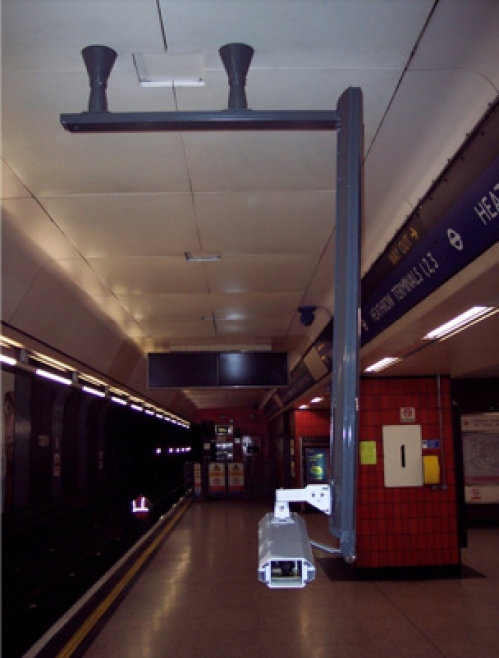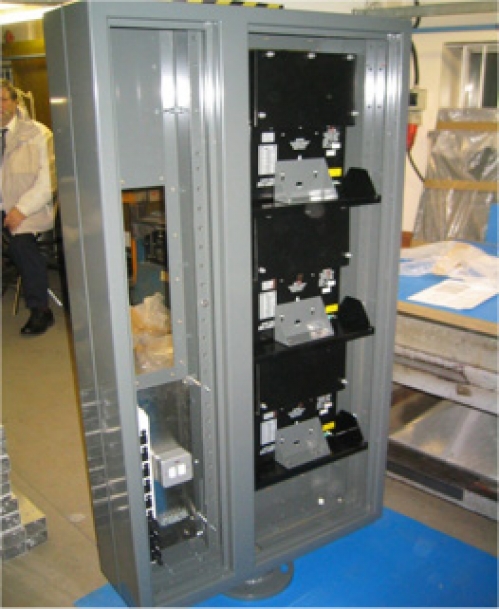
Piccadilly Line Extension - OPO CCTV


The extension (called PiccEx) consists of a new two-platform station, two sidings where trains can be stabled, approximately 3 km of 4.5m diameter bored tunnels, a ventilation shaft and two escape shafts. The scope of the project included civil works for the two tunnels, track work, the vent shaft, one escape shaft and construction of T5 station. The junction between PiccEx and the existing Heathrow Loop required the tunnels between Terminal 4 and Terminals 123 to be taken out of service until September 2006. The extension opened in 2008.
Tubelines contracted Fourway to deliver one person operation (OPO) CCTV at Heathrow 123 station. The system engineering carried out by Fourway included production of CDS, RAMS analysis, ergonomic engineering, EMC strategy, standards review, product analysis, failure mode analysis, functional design specification and detailed design. The design had to address the programme’s 3 key output stages which were closure of the Heathrow loop, re-opening the Heathrow loop including newly constructed step-plate junction and opening the Piccadilly line extension to terminal 5.
Our scope required us to analyse the changes in train operations and deliver a series of OPO CCTV modifications for the programme. For stage 1 and 2 the existing system was reconfigured for trains reverse running on the westbound. At stage 3 an additional system was provided in tandem with the existing to cater for trains operating in the normal direction to Terminal 5 station. The RIBA C-F design ensured both systems could operate independently. We produced a series of concept studies which involved modelling in-platform rolling stock and a variety of train stop mark options. This was finalised through a camera cone design which demonstrated the image size and the safe surveillance requirements of the platform-train interface had been satisfied. The monitor display array was separately modelled to ensure the train driver's requirements were met in terms of HF. One factor considered was inclusion of a signal repeater within the OPO mirror frame to negate space constraints in the headwall area. This was identified following our sighting assessment.
During detailed design we defined mains power arrangements, cable routing, product and materials selection. The metal work detailing was co-ordinated with architects to ensure all visible brackets and cable routing was integrated within the platform panelling to reduce the impact on station ambience. A further critical factor was ensuring cameras could be lowered without affecting their alignment. Thiis was an important efficiency innovation for staff undertaking periodic maintenance.